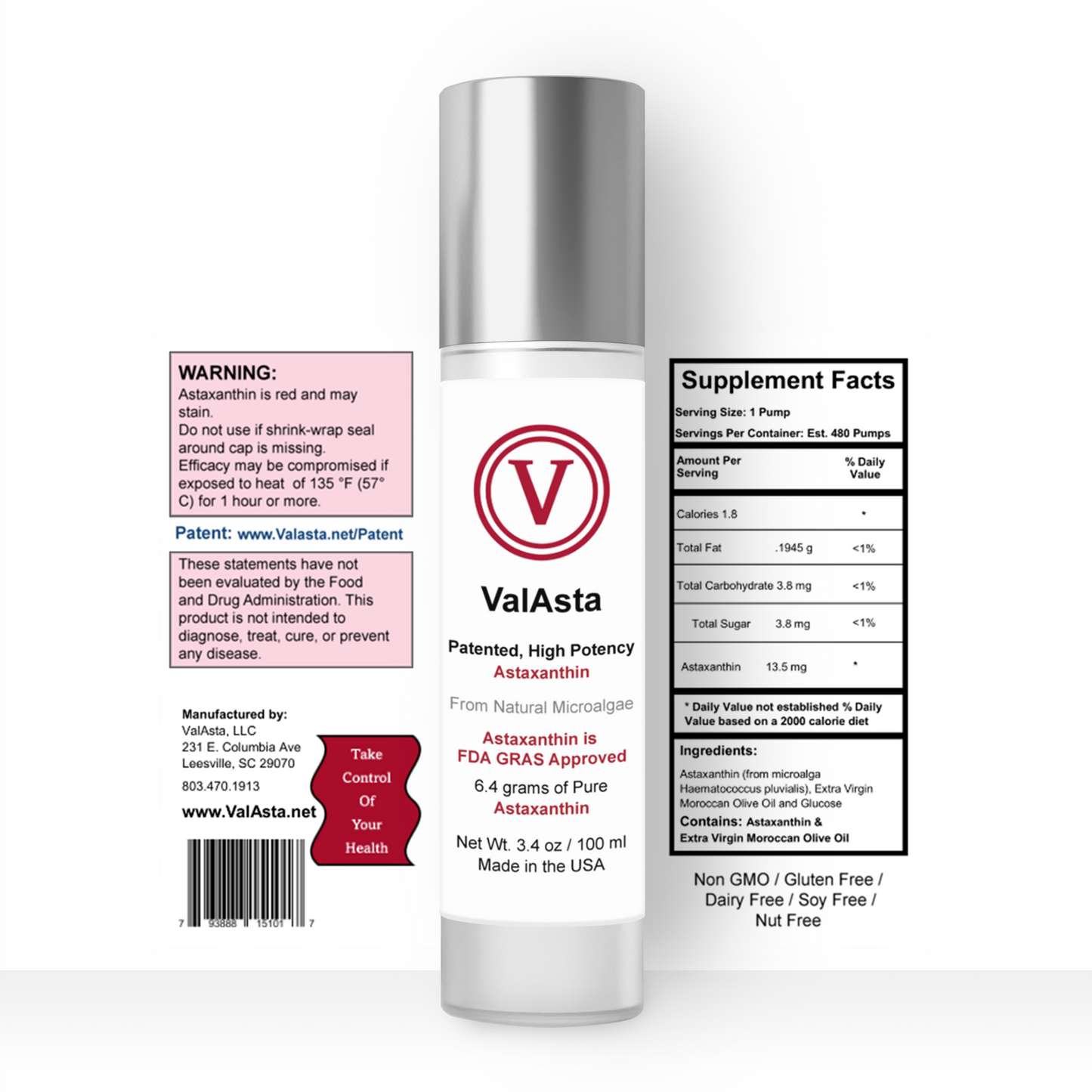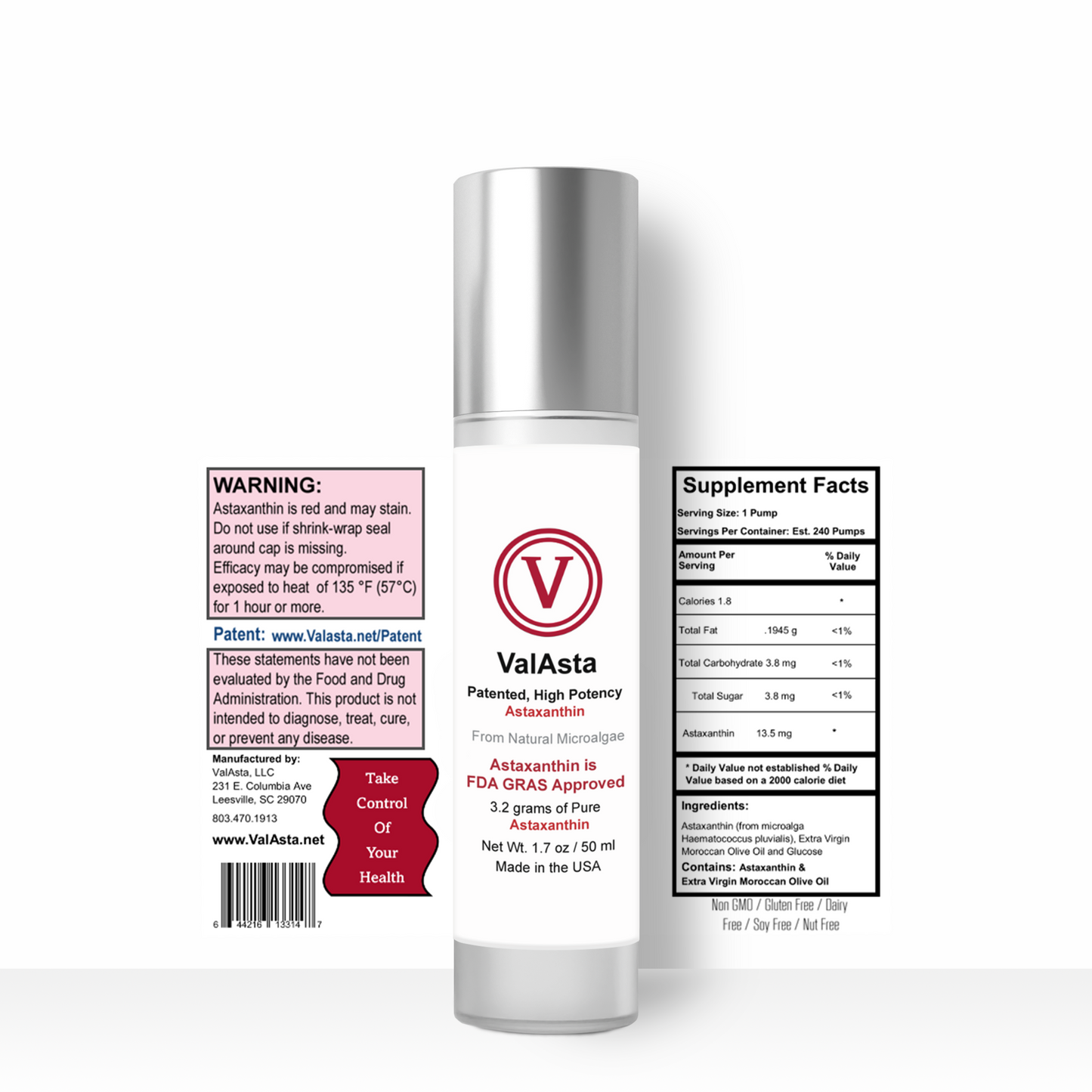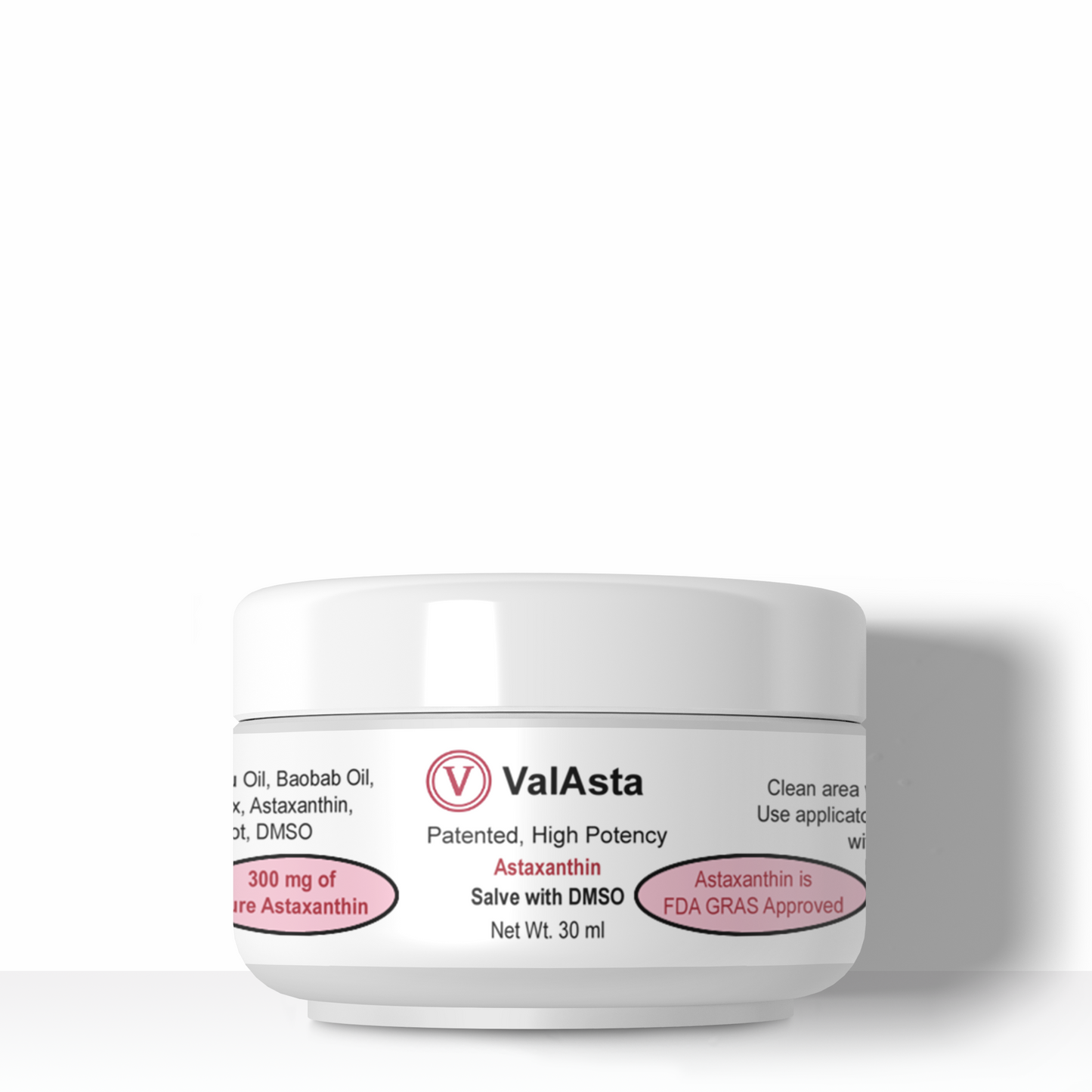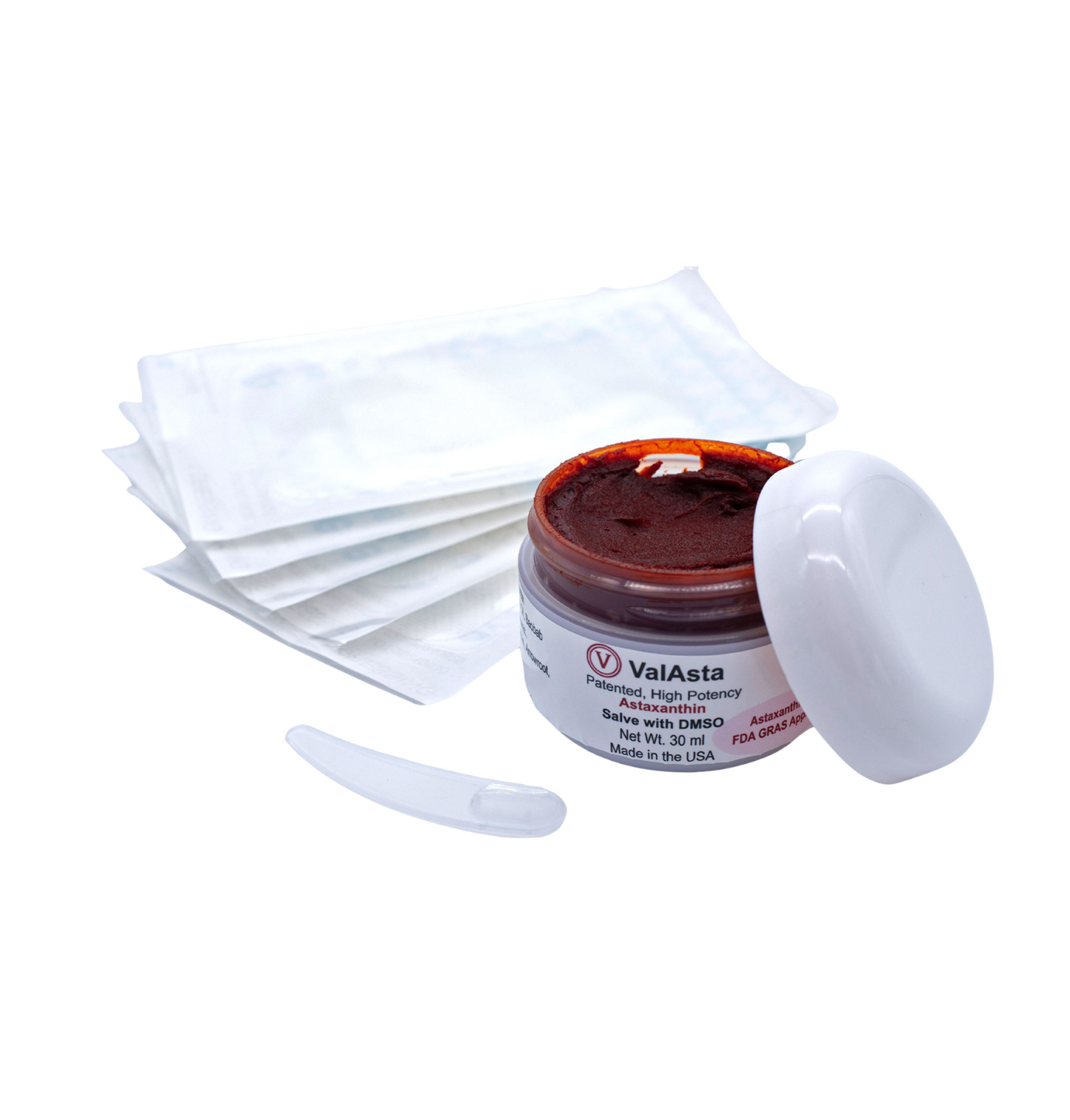Nurse News on Ovarian Cancer
Possible Role of Ovarian Epithelial Inflammation in Ovarian Cancer
Ovarian cancer is a type of cancer that begins in the ovaries. The female reproductive system contains two ovaries, one on each side of the uterus. The ovaries — each about the size of an almond — produce eggs as well as the hormones estrogen and progesterone.
Ovarian cancer can be is related to many factors including the use of talcum powder, asbestos exposure, and pelvic inflammatory disease (PID). Ovarian cancer often goes undetected until it has spread within the pelvis and abdomen. At this late stage, ovarian cancer is more difficult to treat. Early-stage ovarian cancer, in which the disease is confined to the ovary, is more likely to be treated successfully.
Therefore, early detection is necessary. The attached study claims conditions as described above will enhance local inflammation and have been implicated as ovarian cancer risk factors. We recommend obtaining a CRP (C-Reactive Protein) test annually beginning at age 40 which can detect chronic inflammation in the body before the cancer can begin. If the CRP is over 3 you should be on a regimen of an anti-inflammatory. We recommend ValAsta. ValAsta is strongest anti-inflammatory and best absorbed.
Late-Stage Symptoms:
- Bloating
- Pelvic or abdominal pain
- Trouble eating or feeling full quickly
- Feeling the need to urinate urgently or often
- Fatigue (extreme tiredness)
- Upset stomach
- Back pain
- Pain during sex
- Constipation
- Changes in a woman's period, such as heavier bleeding than normal or irregular bleeding
- Abdominal (belly) swelling with weight loss
Multiple Mechanisms of Anti-Cancer Effects Exerted by Astaxanthin - PMC (nih.gov)









